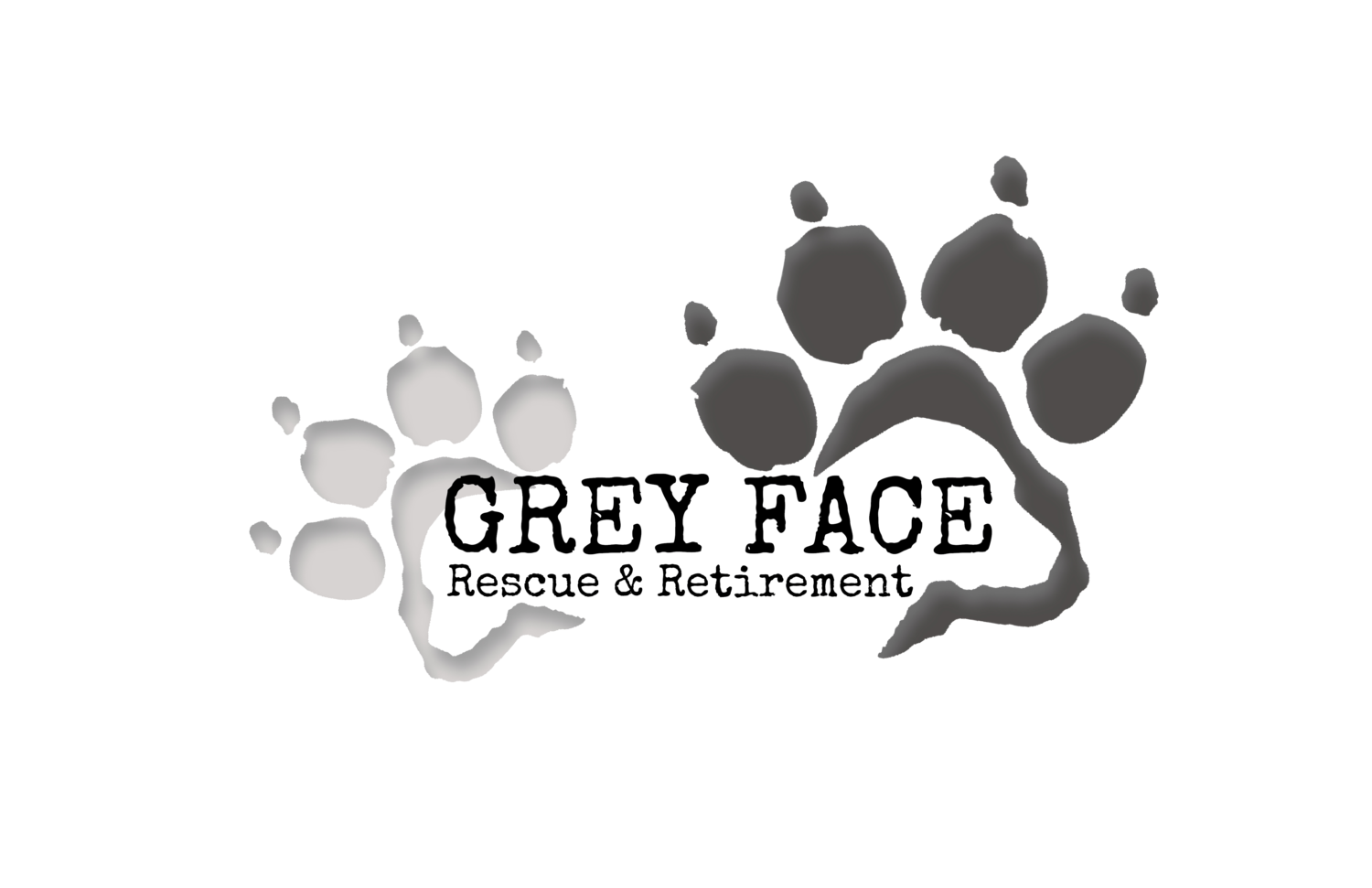The steps you need to follow are:
1. Establish a predictable routine
Since your dog is anxious, you need to begin by making his day calmer and more predictable whether you are home or away. Establish a daily routine so that your dog can begin to predict when he can expect attention (including exercise, feeding, training, play and elimination) and when he should be prepared for inattention (when it should be napping or playing its favored toys). Try to schedule these times for object play and naps at times when you would normally depart.
2. Environmental enrichment - meeting your dog's needs
During the times when you are interacting with your dog, make sure that you are meeting all of his needs for social interactions, play, exercise, training, and elimination. In effect, you should initiate enough regular interactive sessions and provide enough play and attention so that when each session is over, your dog is prepared to settle down and relax. At this point, new exploratory and chew toys can be given so that your dog has novel and motivating toys on which to focus when it is time to settle. Feeding toys can also replace standard food bowls to make feeding time more of a mental and physical effort.
3. Establish a predictable protocol for rewards
If your dog has separation anxiety, it’s likely that your dog's favored rewards are the attention and play that you provide. Treats, food, play and chew toys may also be highly desirable.

